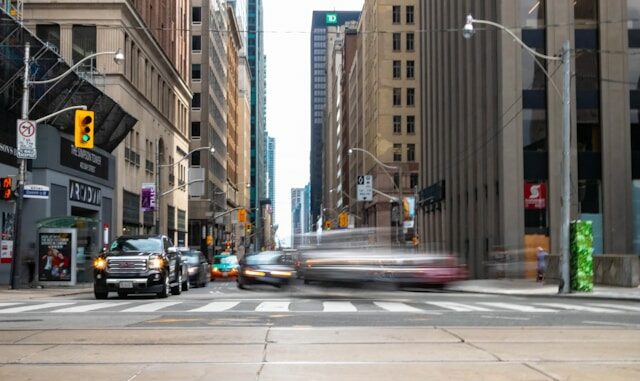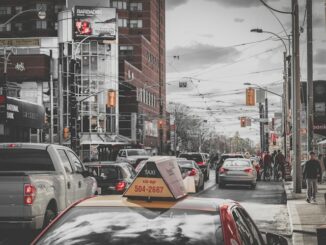
The aftermath of a car accident in Ontario can be stressful, leaving you wondering, “Who’s to blame?” While navigating insurance claims and potential legal proceedings, understanding fault becomes crucial. Here, we’ll delve into Ontario’s Fault Determination Rules (FDR) and how they determine fault for insurance purposes, while acknowledging the potential differences from a legal standpoint.
The Fault Determination Rules: A Standardized Approach
The FDR, outlined in Regulation 668 under the Ontario Insurance Act, provides a framework for insurance companies to assess fault after a car accident. Its key goals include:
- Consistency: The FDR ensures a uniform approach to assigning fault across different insurance companies and situations.
- Reduced Disputes: Clear guidelines help minimize disagreements between drivers and insurance companies regarding blame.
- Fair Claims Resolution: Understanding fault is essential for determining appropriate insurance coverage and compensation.
Understanding the Core Principles
The FDR operates on specific principles:
- Focus on Driver Actions: Weather, road conditions, or visibility are irrelevant. The FDR hinges solely on the drivers’ actions (or inactions) leading to the accident.
- Fault Percentages: Accidents are assigned fault percentages in increments of 0%, 25%, 50%, 75%, or 100%. The percentage reflects the degree of fault each driver bears.
- Damage Location Isn’t Key: The FDR prioritizes how the accident occurred, not just the final point of impact.
Common Scenarios – FDR in Action
Let’s explore some common accident scenarios and how the FDR applies:
- Rear-End Collision: Generally, the driver who rear-ends another vehicle is considered 100% at fault for failing to maintain a safe following distance.
- Turning Collisions: The driver turning left across oncoming traffic often holds a higher degree of fault (75% or 100%) compared to the driver traveling straight.
- Disobeying Traffic Signals: Drivers who fail to stop at red lights or stop signs are typically assigned significant fault (75% or 100%) for the resulting collision.
- Multiple Vehicles Involved: The FDR considers each driver’s actions to determine individual fault percentages.
Beyond the FDR: When Things Get Gray
Sometimes, the FDR’s clear-cut categories may not perfectly align with the accident scenario. In these instances, additional factors come into play:
- Witness Statements: Credible accounts of the accident by bystanders can significantly influence fault determination.
- Police Reports: The investigating officer’s report and any citations issued can be influential.
- Dashcam Footage: If available, dashcam footage can provide valuable visual evidence of the events leading to the collision.
These pieces of evidence can help insurance companies understand the accident dynamics and arrive at a fair assessment of fault.
FDR vs. Common Law: A Nuance Worth Knowing
While the FDR plays a central role in insurance claims, it’s important to understand it may not always determine fault in a legal battle. In Ontario, lawsuits involving car accidents are governed by “common law” principles, where a judge considers all relevant evidence to determine fault.
Here’s where things can differ:
- Contributory Negligence: Common law allows for “contributory negligence,” meaning both drivers can be partially at fault. The FDR, however, assigns fault in predetermined percentages.
- Shared Responsibility: Common law might recognize situations where both drivers share responsibility. The FDR may assign 100% fault to one driver, even if the other’s actions contributed minimally.
What to Do After a Car Accident in Ontario
Regardless of the specific details, the following steps are crucial immediately after a collision:
- Ensure Safety: Check for injuries and call 911 if necessary.
- Exchange Information: Swap contact details and insurance information with all involved drivers.
- Document the Scene: Take pictures of the damage, skid marks, surroundings, and traffic signals.
- Report the Accident: If there are injuries or significant damage (over $2,000), report it to the police.
- Contact Your Insurance Company: Notify your insurance company as soon as possible.
Remember:
- The FDR is a valuable tool for assigning fault in car accidents for insurance purposes.
- Understanding the FDR can empower you to navigate the claims process more effectively.
- While the FDR provides a framework, other evidence can be considered in determining fault, especially in a legal context.
- If considering legal action, consult a lawyer specializing in car accidents for guidance.
By familiarizing yourself with the Ontario Fault Determination Rules and acknowledging the potential nuances when



